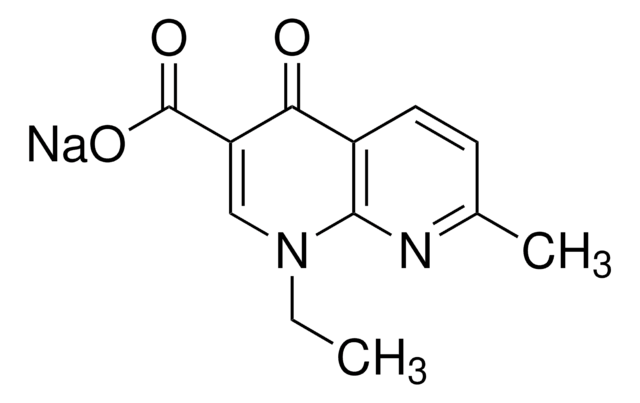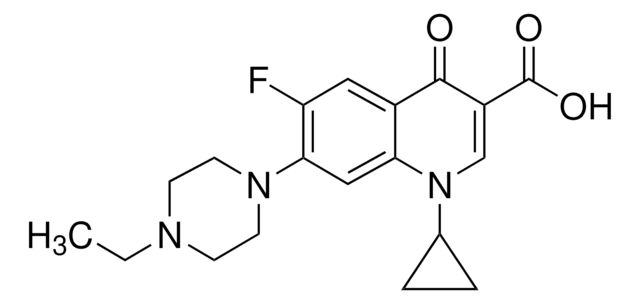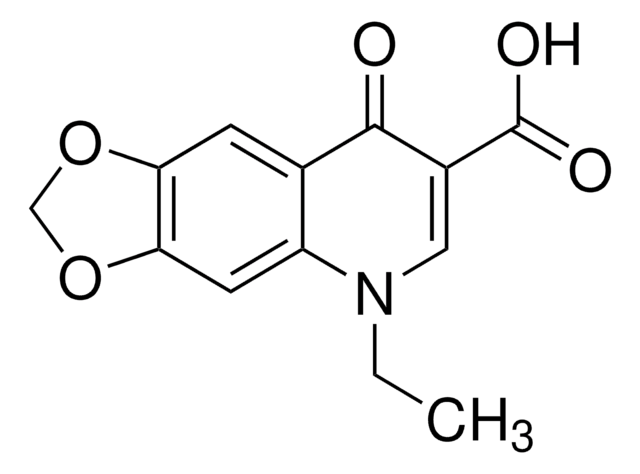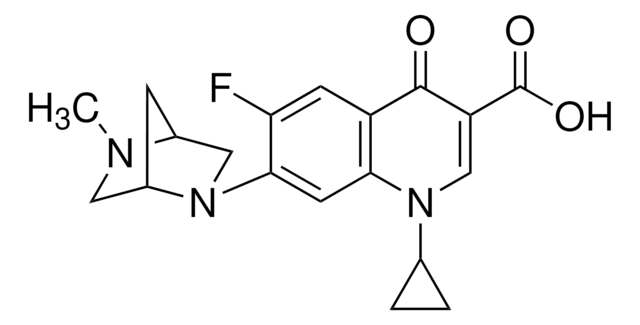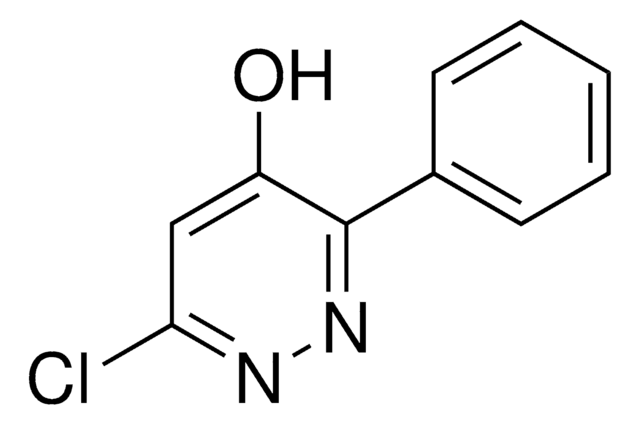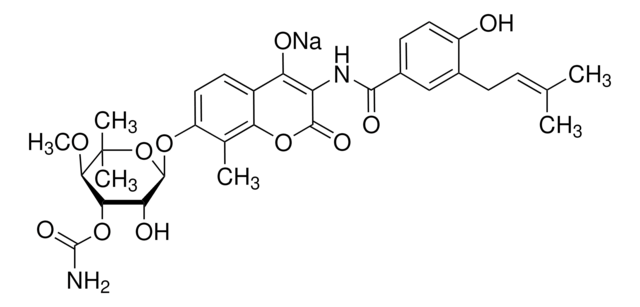Key Documents
97023
Nalidixic acid
analytical standard
Synonim(y):
1,4-Dihydro-1-ethyl-7-methyl-1,8-naphthyridin-4-one-3-carboxylic acid, 1-Ethyl-1,4-dihydro-7-methyl-4-oxo-1,8-naphthyridine-3-carboxylic acid
About This Item
Polecane produkty
klasa czystości
analytical standard
Poziom jakości
Próba
≥97.0% (TLC)
≥99.0% (T)
okres trwałości
limited shelf life, expiry date on the label
metody
HPLC: suitable
gas chromatography (GC): suitable
mp
227-229 °C (lit.)
Zastosowanie
clinical testing
format
neat
temp. przechowywania
2-8°C
ciąg SMILES
CCN1C=C(C(O)=O)C(=O)c2ccc(C)nc12
InChI
1S/C12H12N2O3/c1-3-14-6-9(12(16)17)10(15)8-5-4-7(2)13-11(8)14/h4-6H,3H2,1-2H3,(H,16,17)
Klucz InChI
MHWLWQUZZRMNGJ-UHFFFAOYSA-N
Szukasz podobnych produktów? Odwiedź Przewodnik dotyczący porównywania produktów
Opis ogólny
Zastosowanie
Opakowanie
Polecane produkty
Hasło ostrzegawcze
Warning
Zwroty wskazujące rodzaj zagrożenia
Zwroty wskazujące środki ostrożności
Klasyfikacja zagrożeń
Acute Tox. 4 Oral - Carc. 2
Kod klasy składowania
11 - Combustible Solids
Klasa zagrożenia wodnego (WGK)
WGK 3
Temperatura zapłonu (°F)
Not applicable
Temperatura zapłonu (°C)
Not applicable
Wybierz jedną z najnowszych wersji:
Masz już ten produkt?
Dokumenty związane z niedawno zakupionymi produktami zostały zamieszczone w Bibliotece dokumentów.
Klienci oglądali również te produkty
Produkty
Analiza porównawcza urządzenia Supel™ BioSPME 96-Pin z techniką szybkiej dializy równowagowej pod kątem dokładności mierzonych wartości, czystości próbki i czasu przepływu pracy w wiązaniu białek leków.
Nasz zespół naukowców ma doświadczenie we wszystkich obszarach badań, w tym w naukach przyrodniczych, materiałoznawstwie, syntezie chemicznej, chromatografii, analityce i wielu innych dziedzinach.
Skontaktuj się z zespołem ds. pomocy technicznej
